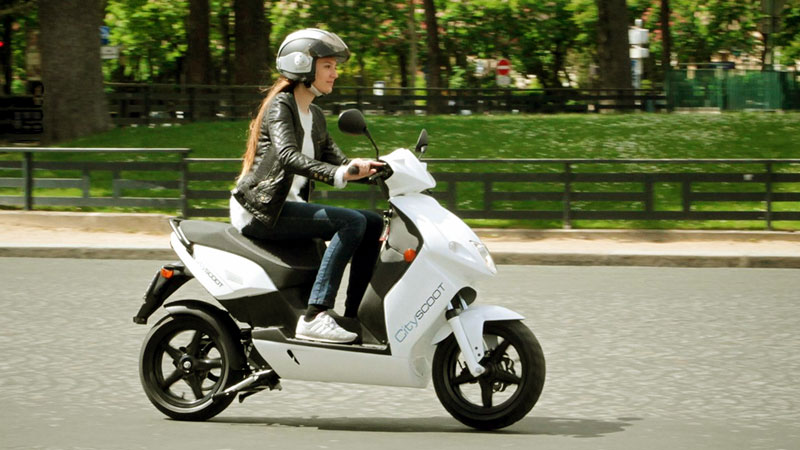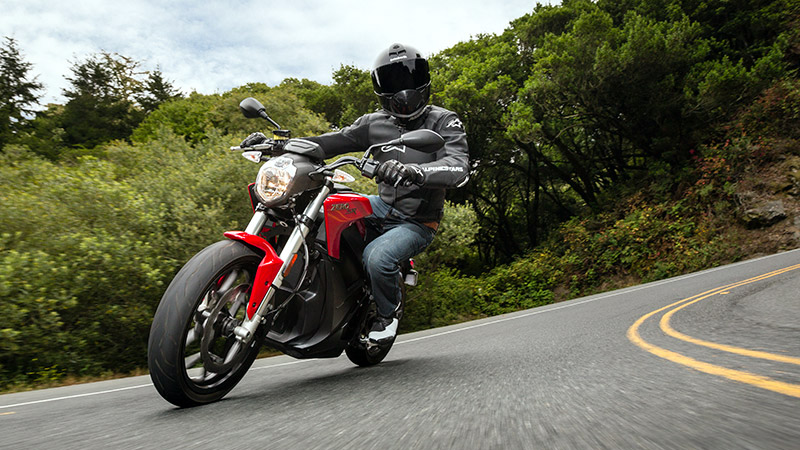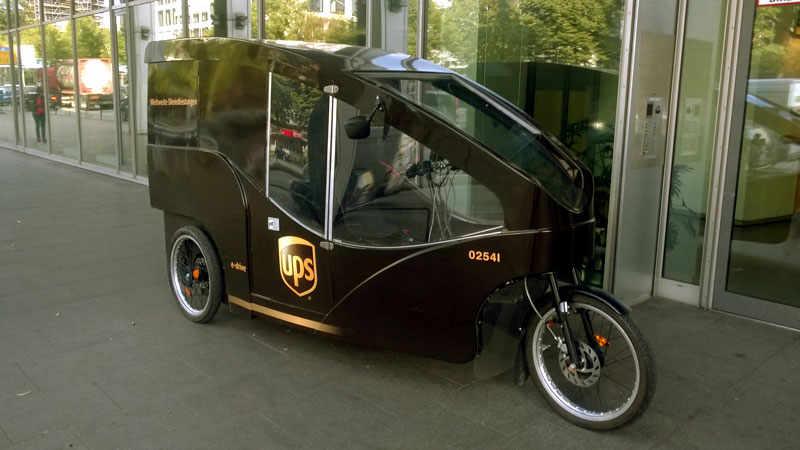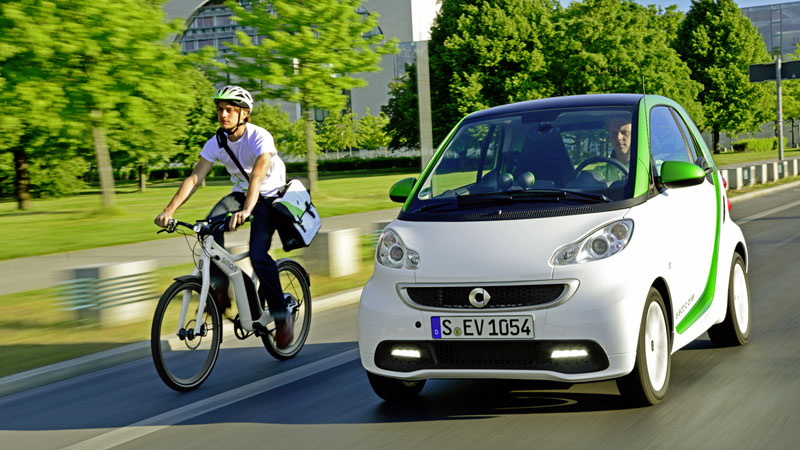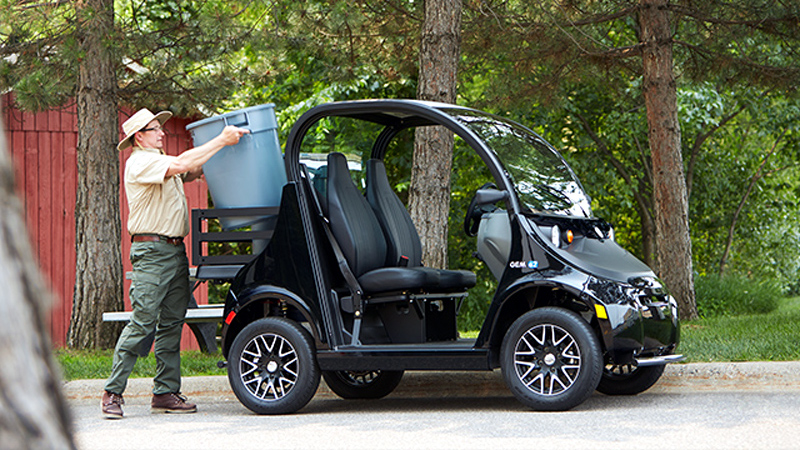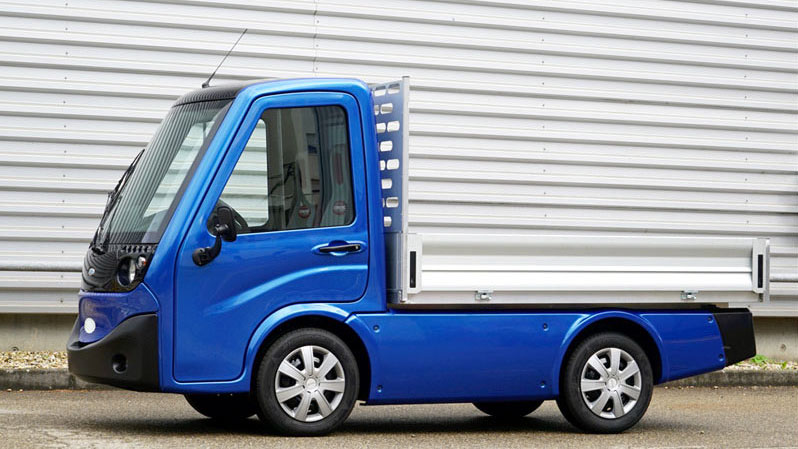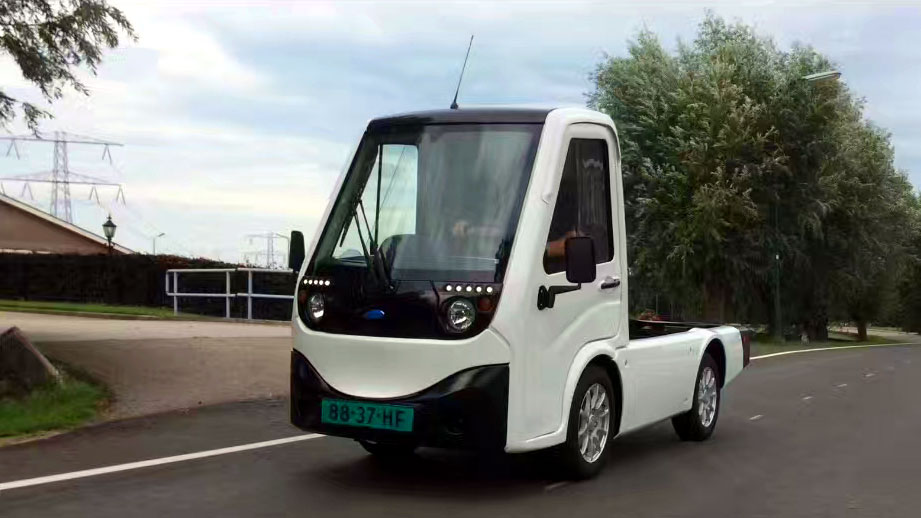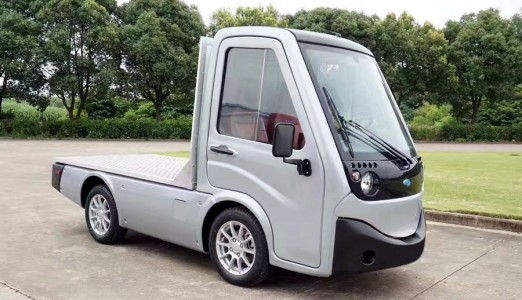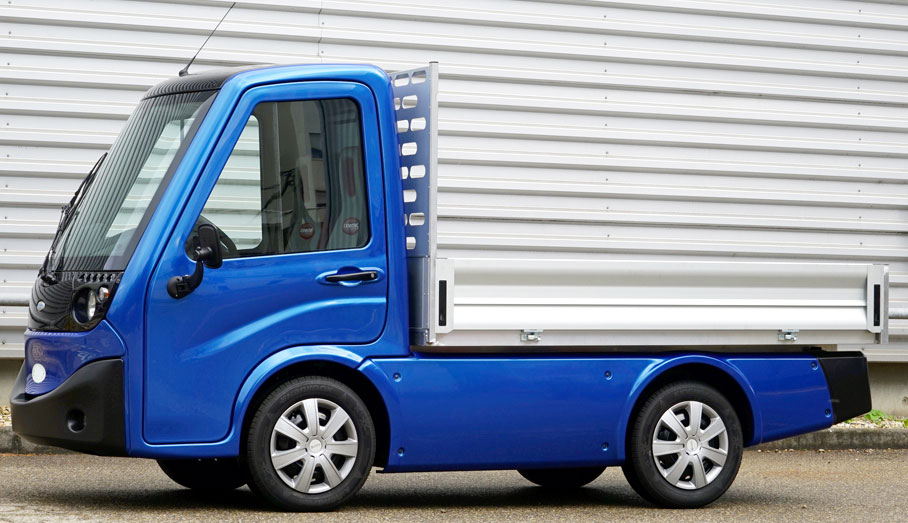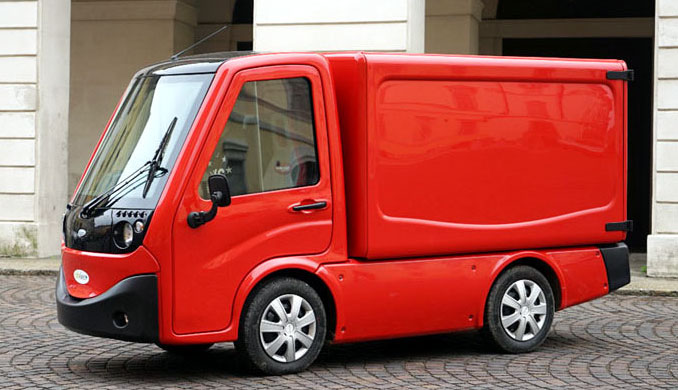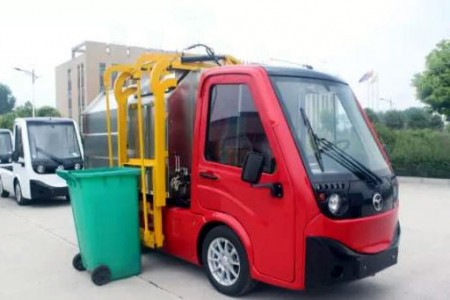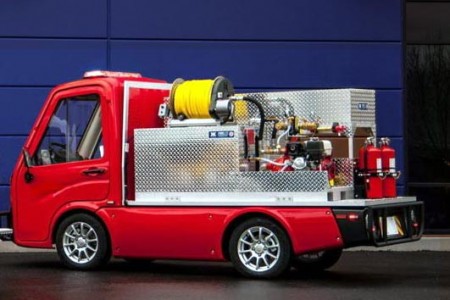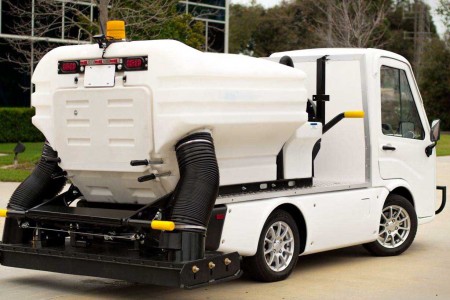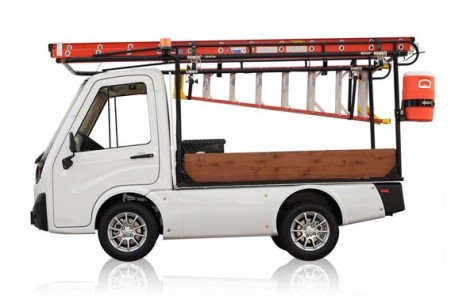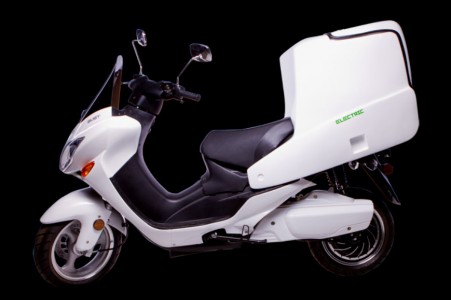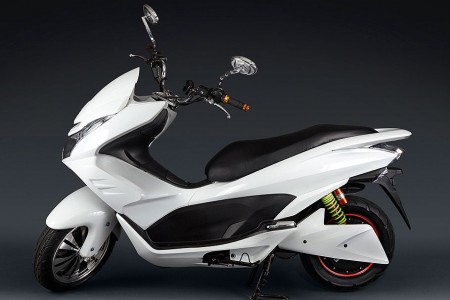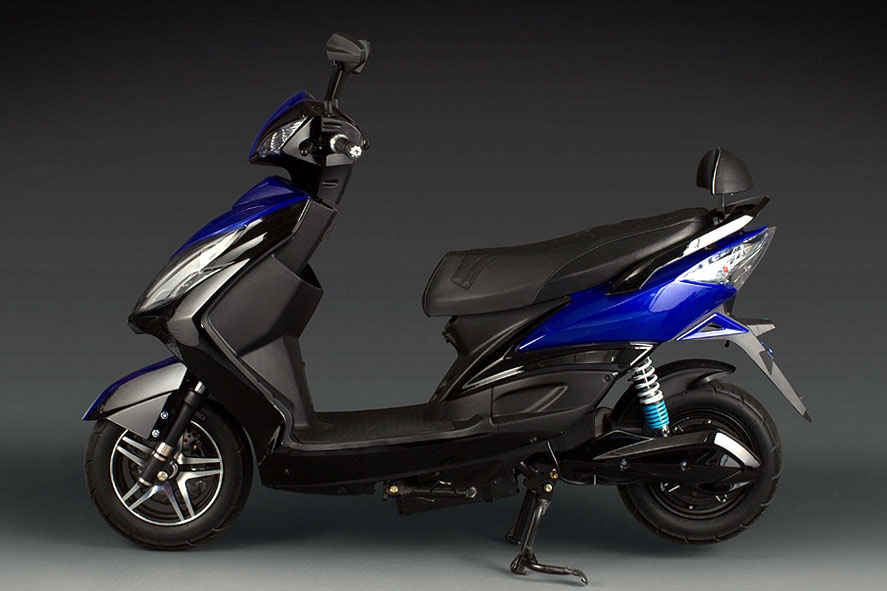Since the Paris Agreement entered into force on 4 November 2016, 160 Parties have, so far, ratified of 197 Parties to the Convention, for this, they are implementing action plans to fulfill respective share of the greenhouse gas reduction targets. While the largest source of greenhouse gas emissions is from burning fossil fuels for electricity, heat and transportation, renewable energy and electric vehicles are the focus of their efforts in greenhouse gas reduction.
Accordingly, the new EU Framework, Regulation (EU) No 168/2013, repealed 2002/24/EC and 14 other Directives on 1 January 2016 and the EU Whole Vehicle Type Approval (EU-WVTA) system has been implemented for L-Category Vehicles. Under the EU-WVTA system, manufacturers can obtain certification for a vehicle type in one EU country and market it EU-wide without further test, while the Worldwide Technical Harmonization of the United Nations Economic Commission for Europe (UNECE) offers them easy access to global markets beyond the boundary of Europe.
L-category Vehicles include two wheelers of powered cycles (L1e-A) with power up to 1kW and maximum speed of 25 km/h; mopeds (L1e-B), 4kW and 45 km/h; three sub categories of motorcycles (L3e) with power from 11kW to 35kW; three wheelers of mopeds (L2e) with maximum 270 kg of mass in running order and tricycles (L5e), 1000 kg; four wheelers of light quads for passenger or goods with power up to 6kW and maximum speed of 45 km/h and heavy on-road quad (L7e), 15kW and 90 km/h.
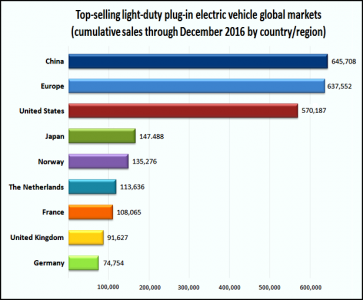
Electric L-category Light Duty Vehicles (LDVs) are gaining popularity around the world as they offer a substantial functionality of a fully-fledged vehicle, but at a much lower cost with a far smaller carbon footprint. Meanwhile, the continued growth in online retail and the increasingly stringent exhaust gas regulations and restrictions on access to urban areas have generated a strong demand on electric L-category Light Commercial Vehicle (LCVs) for last mile delivery to the end customer as customer demand for faster and more flexible deliveries.
Accelerated by many national and local Governments’ initiatives and incentives for electric vehicles, the low carbon vehicle industry is in top gear to advance and change the global market places with a whole new era of business opportunities for local assembly, customization and fast moving inventories, benefiting from the low import duty for semi knocked down electric vehicle kits, off-the-shelf technologies for easy vehicle assembly, small investment and fast setup assembly plant, etc.
Here are some first-mover picks for certified Electric L-category Vehicles (ELVs):
So, are you ready to ride the gravy train of Electric L-category Vehicles?

